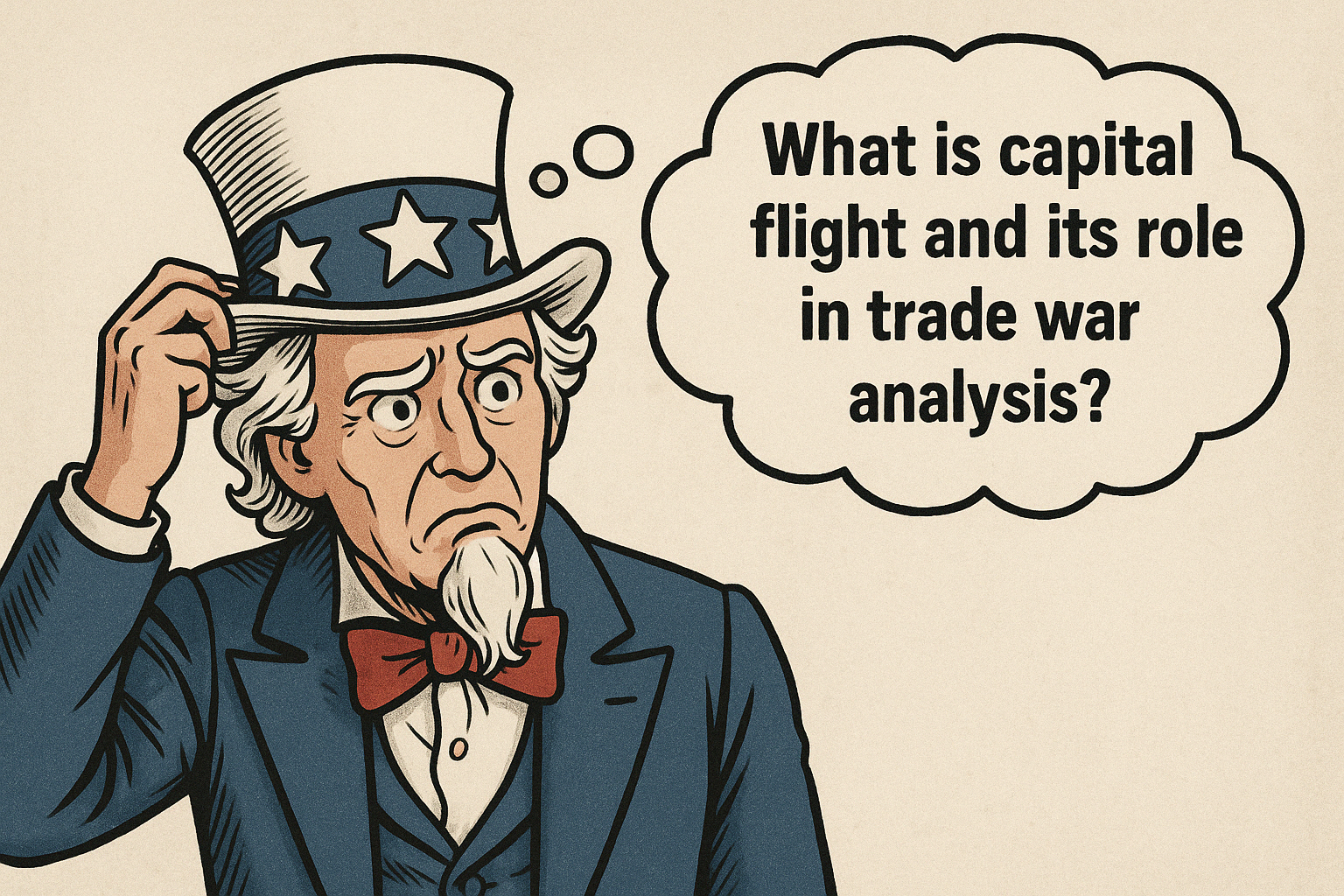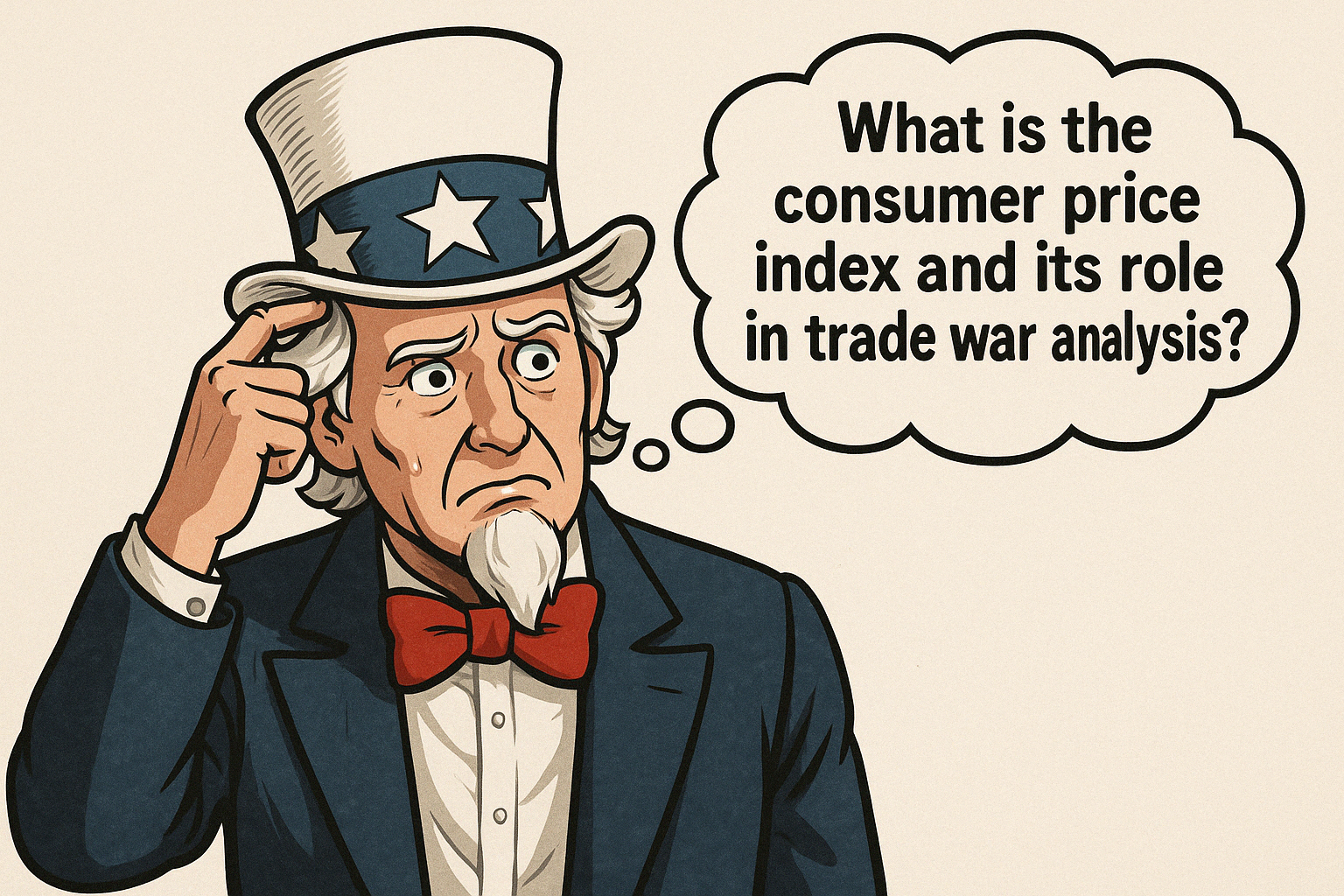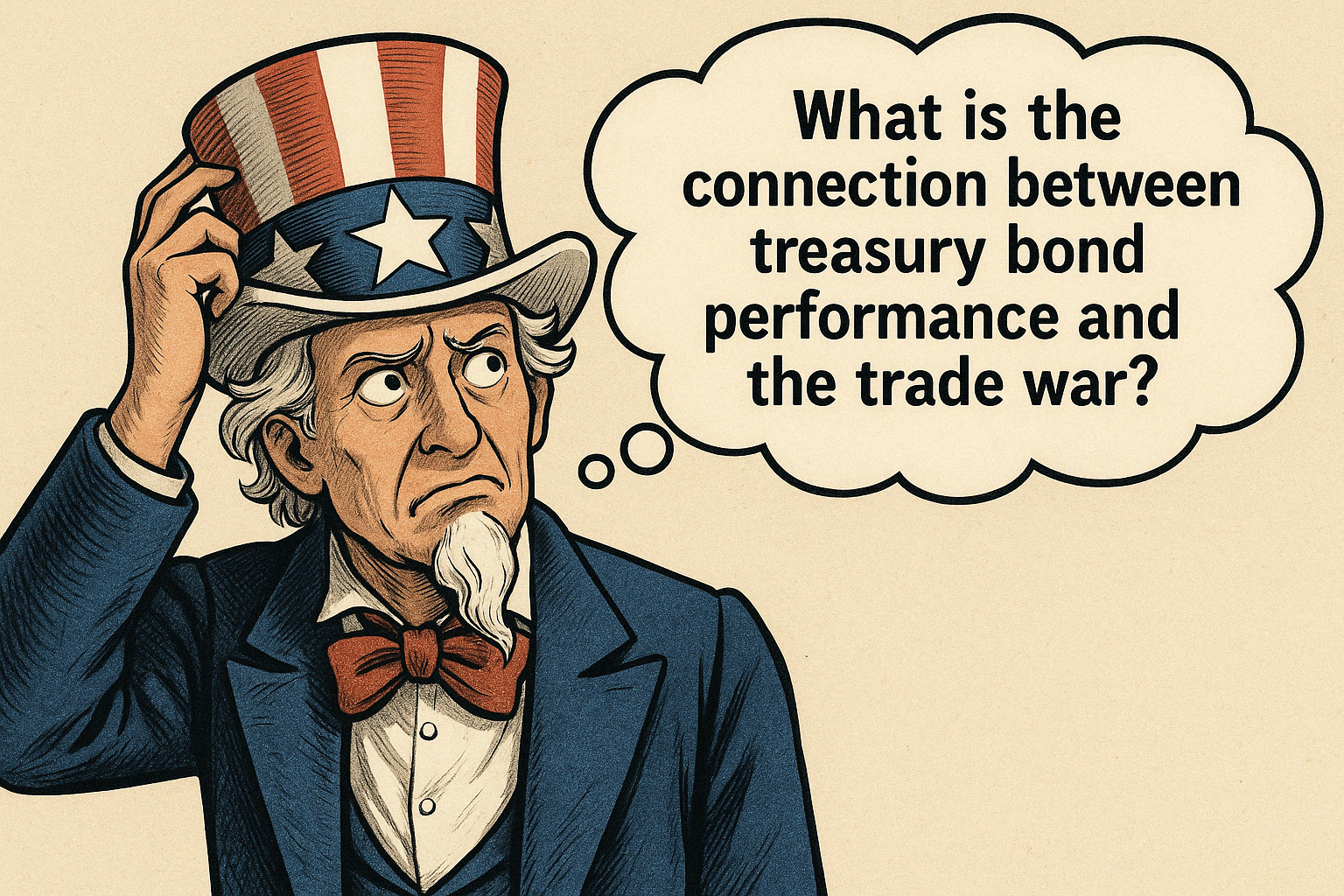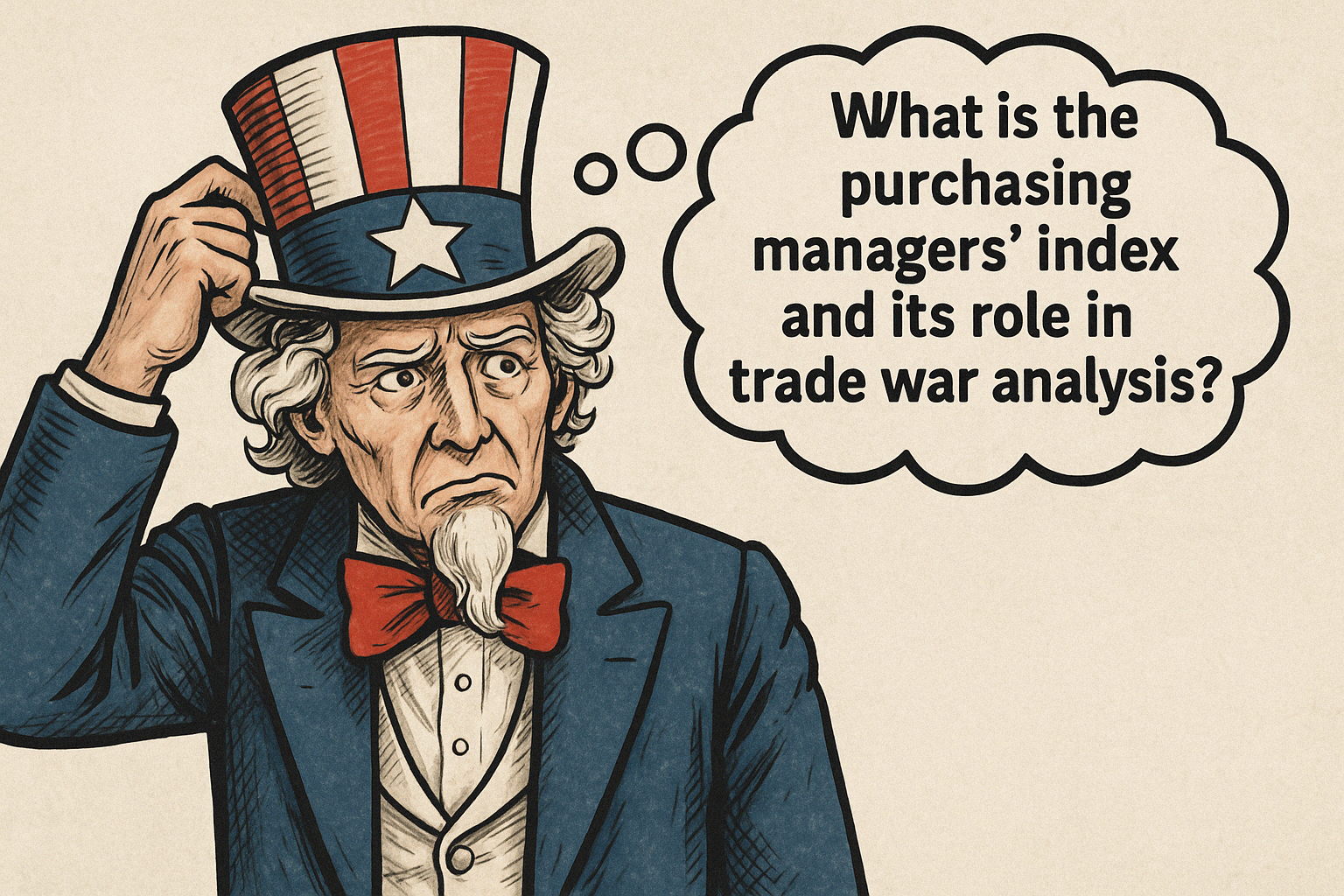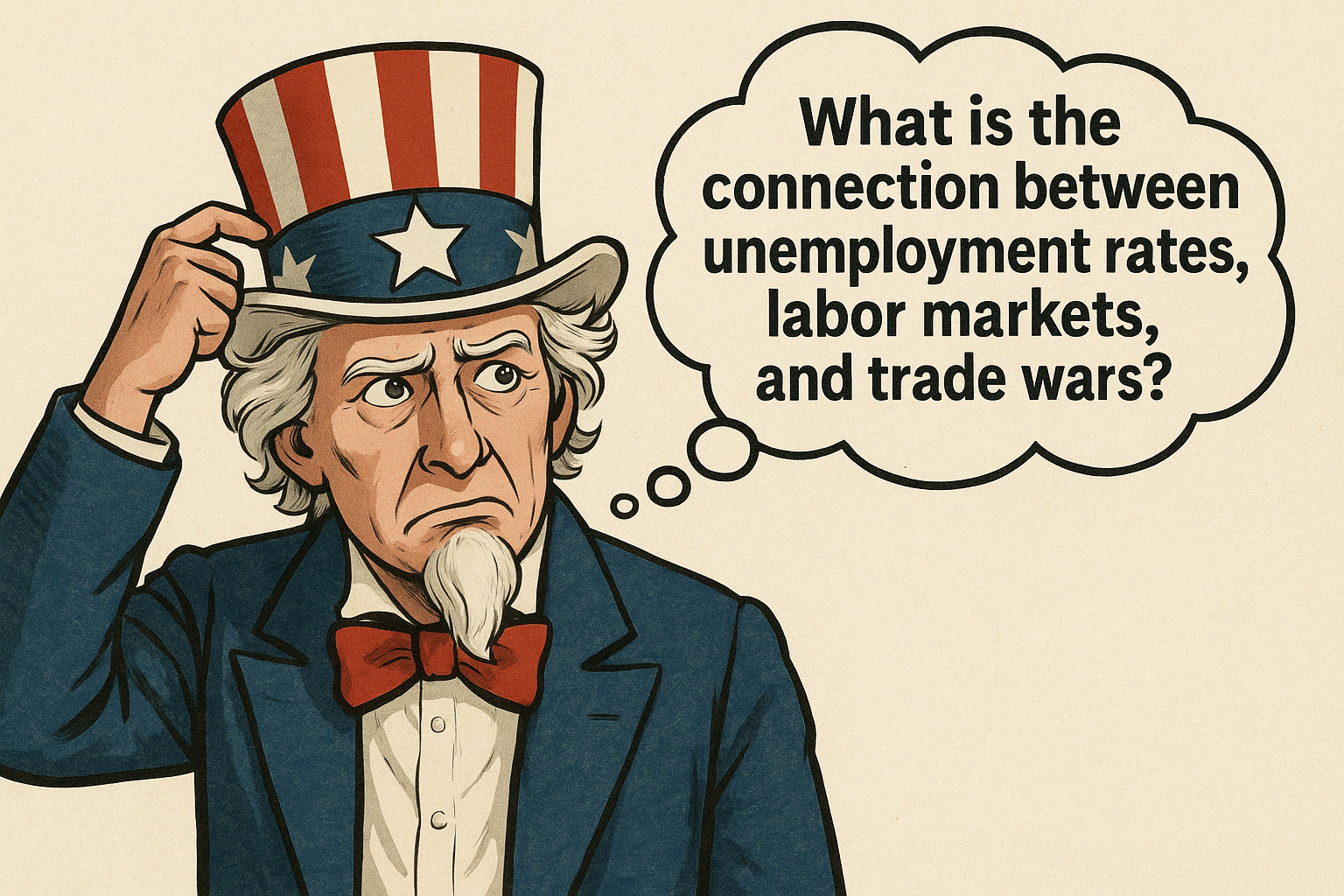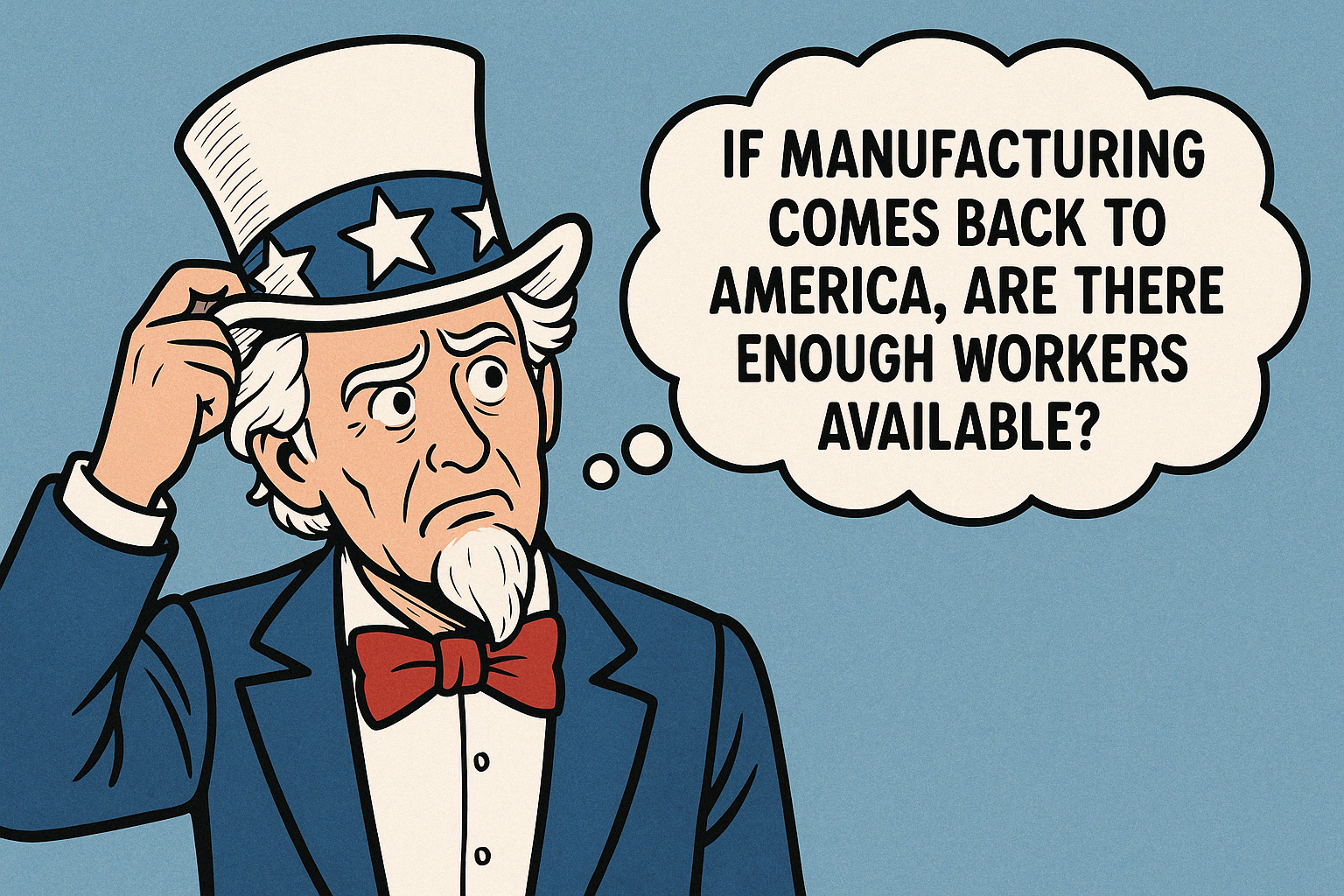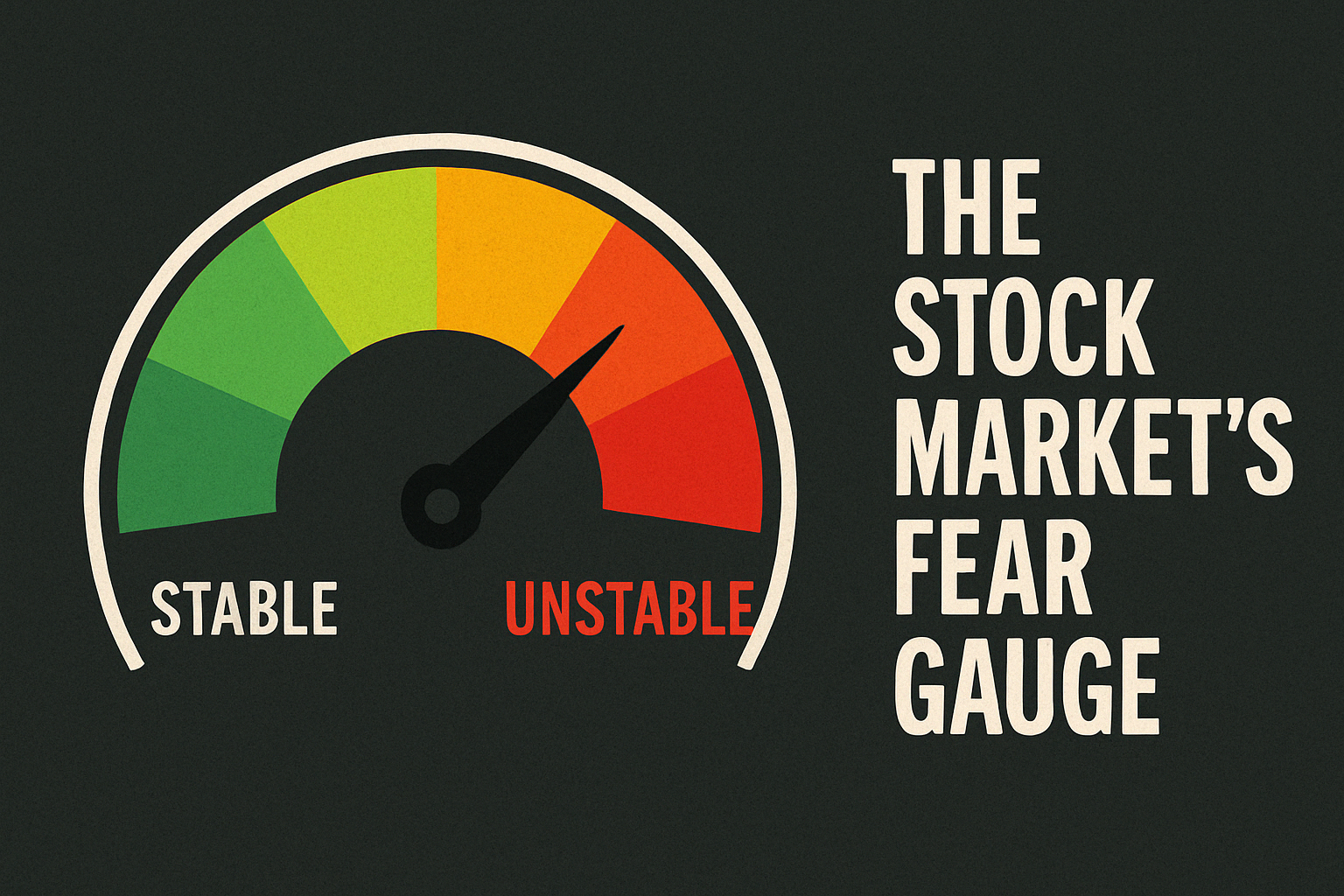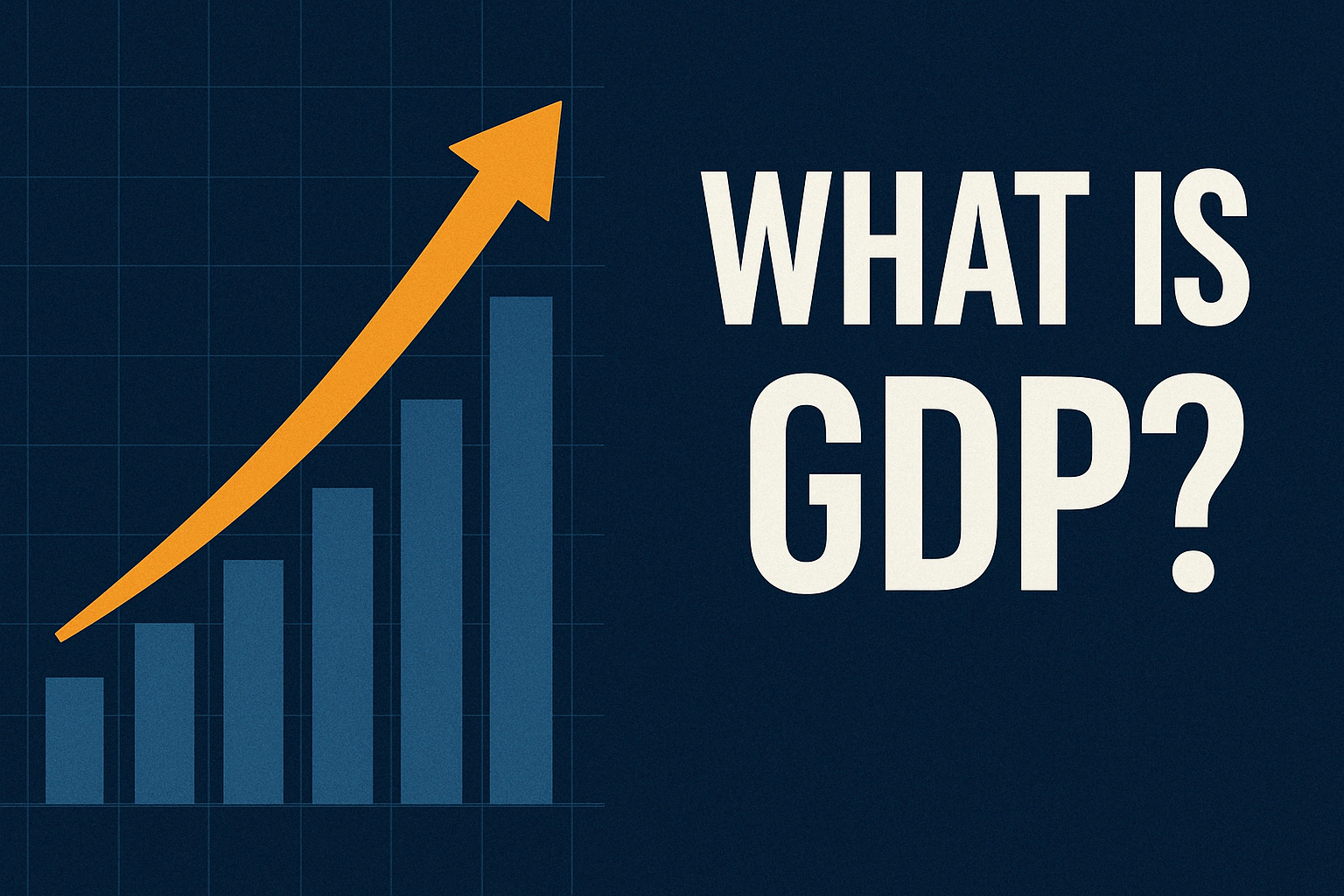Capital flight refers to the large-scale movement of financial assets or capital out of a country. This transfer typically occurs when investors lose confidence in a nation’s economic stability, currency value, or government policies. While capital can leave a country through legal channels such as foreign direct investment redirection or bank transfers, it can also move illicitly, through unreported transactions designed to bypass capital controls or tax obligations.
Trade War
This category includes all articles published on the website in chronological order, encompassing the full scope of content across the platform. It features coverage of economic conflicts between nations, including the use of tariffs, sanctions, export controls, and other trade-related measures. Articles span foundational concepts, briefings, reviews, and in-depth analysis, providing a comprehensive view of global trade tensions and their broader economic impact.
Understanding the Consumer Price Index and Its Role in Trade War Analysis
The Consumer Price Index (CPI) is one of the most relied-upon metrics for tracking inflation. It represents the average change in prices paid by urban consumers for a specific set of goods and services over time. These items range from food and housing to transportation, medical care, and recreation. The CPI is used not only by policymakers and central banks, but also by investors, businesses, and consumers to understand how inflation affects economic behavior and living costs.
Monitoring Treasury Bond Performance and Its Connection to Trade Wars
U.S. Treasury bonds are a cornerstone of global financial markets. They serve as a benchmark for interest rates, a refuge during uncertainty, and a mechanism for government financing. Monitoring their performance—and understanding how trade tensions influence them—offers a clear view into both domestic and international economic sentiment.
Understanding the Purchasing Managers’ Index and Its Role in Trade War Analysis
The Purchasing Managers’ Index (PMI) is a key economic indicator that provides insights into the health of the manufacturing and services sectors. Published monthly, the PMI is based on surveys conducted with purchasing managers across industries. These surveys track metrics such as new orders, inventory levels, production, supplier deliveries, and employment. A PMI above 50 typically signals expansion in the sector, while a value below 50 indicates contraction.
Unemployment Rates, Labor Markets, and Trade Wars: Understanding the Connection
Unemployment rates are one of the most widely watched indicators of economic health. They help policymakers, businesses, and the public understand how well the labor market is functioning. When unemployment rises or falls, it often reflects deeper movements in production, investment, trade, and consumer spending. During a trade war, shifts in unemployment can reveal which industries are most exposed and how workforce patterns are responding to new tariffs, retaliatory measures, and shifts in supply chains.
The Current State of the U.S. Labor Market and Capacity to Support Manufacturing Growth
The U.S. labor market is one of the largest and most dynamic in the world. As of early 2025, it reflects a wide range of employment patterns, sector-based shifts, and participation trends. This article outlines key statistics related to employment, unemployment, job types, participation, recent changes shaping the workforce, and capacity to support manufacturing growth.
Understanding the VIX: The Market’s Fear Gauge and Its Role in Trade Wars
The VIX, formally known as the CBOE Volatility Index, serves as a key indicator of expected stock market turbulence. It measures how much the S&P 500 index, a benchmark of 500 major U.S. companies, is likely to fluctuate over the next 30 days. Often nicknamed the “fear gauge,” the VIX reflects investor confidence or anxiety through the lens of options trading. When markets face uncertainty, such as during a trade war, the VIX becomes a vital tool for understanding investor sentiment and market dynamics. This article explains what the VIX is, how it works, and why it matters during trade disputes.
Trade War Terminology and Concepts
Trade wars, marked by escalating tariffs and retaliatory measures, shape global economies and influence everyday life. Understanding the language and ideas behind these conflicts is essential for grasping their impact. This article provides a detailed glossary of key terms and concepts related to trade wars. Each entry explains the term, its relevance to trade wars, and its broader economic or political implications.
Understanding Inflation: A Detailed Guide for Everyday People
Inflation is a term that frequently surfaces in news, financial discussions, and casual conversations about the cost of living. For many, it’s a vague idea linked to rising prices, but its mechanics, causes, and consequences are both specific and far-reaching. This article provides a thorough explanation of what inflation is, how it’s measured, its causes, effects, historical context, and management strategies.
Understanding GDP and the Details of U.S. GDP
Gross Domestic Product, or GDP, measures the total value of goods and services produced within a country over a specific period. It serves as a key indicator of a nation’s economic health, reflecting the scale of economic activity and providing insight into whether an economy is growing, shrinking, or stagnating. For nontechnical audiences, GDP can be thought of as a scorecard that tallies up everything a country makes and sells, from cars and clothing to healthcare and haircuts. This article explains what GDP is, how it’s calculated, and the specifics of the United States’ GDP, including its size, components, and trends.

